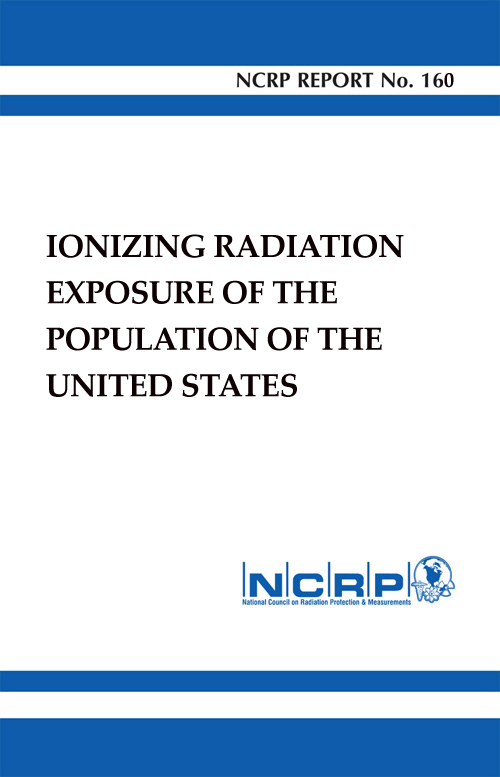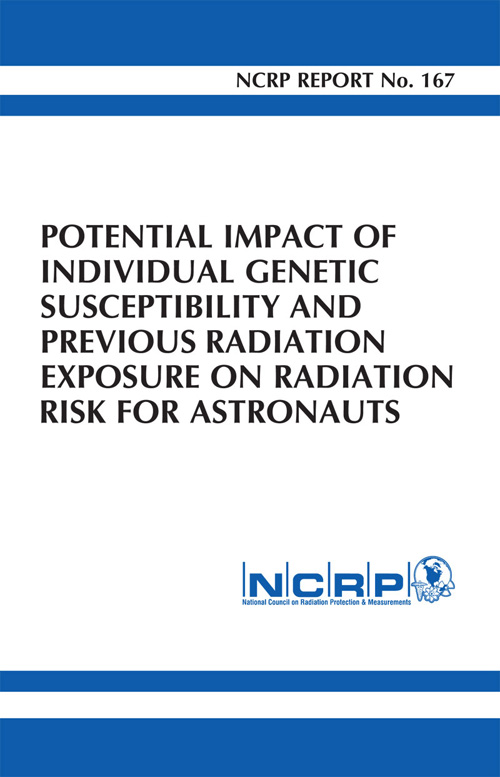Detailed information on the exposure of the U.S. population to ionizing radiation, based on evaluations made in the early 1980s, was presented by NCRP in Report No. 93. Since that time, the magnitude and distribution among the various sources of radiation exposure to the U.S. population have changed primarily due to increased utilization of ionizing radiation in diagnostic and interventional medical procedures. Documented in this Report are the contributions from all radiation sources in 2006. There are clearly two major contributors to the exposure of the U.S. population from ionizing radiation: exposure to ubiquitous background radiation and medical exposure of patients.
Excerpts and Related Information







